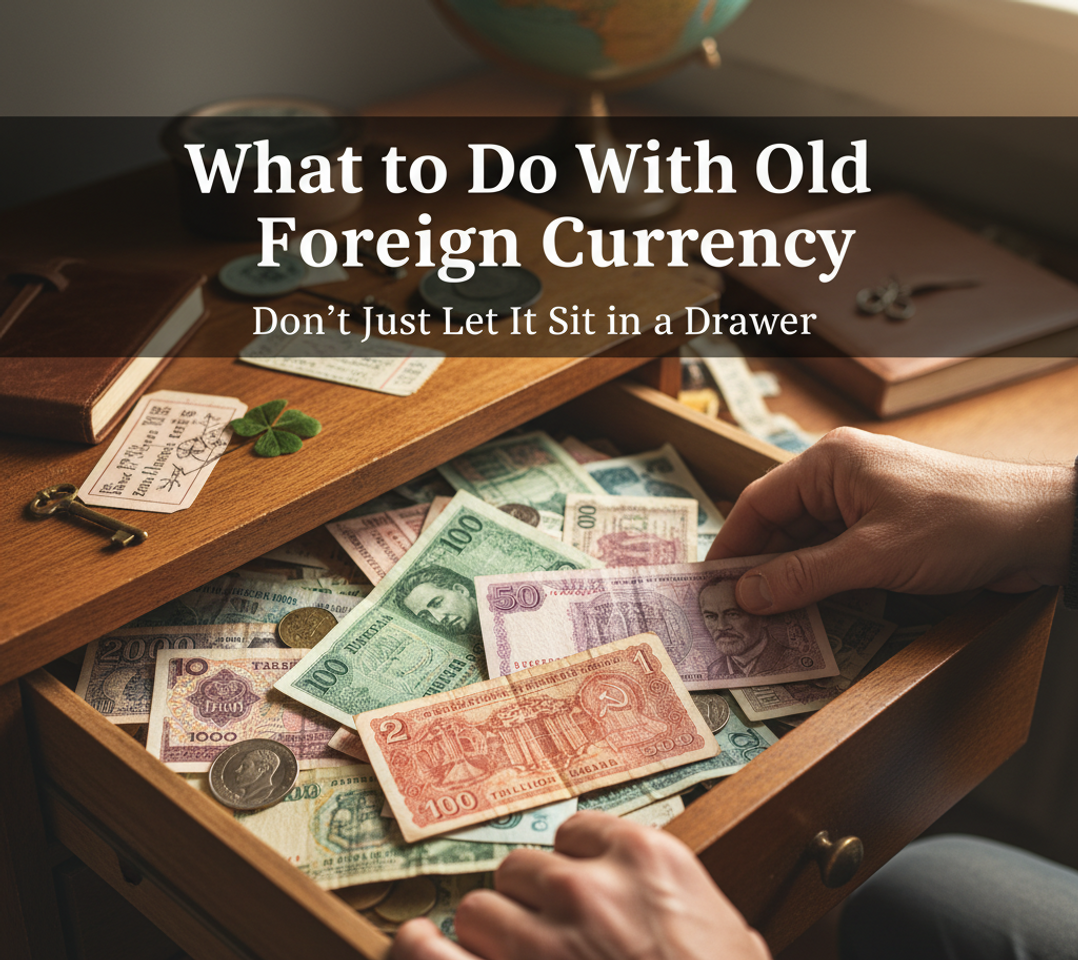What to Do With Old Foreign Currency: Don't Just Let It Sit in a Drawer
Explore Popular Articles
Dec 15th 2025
More Than Money: The Tangible Assets Drawing a New Crowd
The New Golden Age of Collecting A Market Transformed by Youth, Technology, and Value For decades,...
Dec 4th 2025
The Collector's Hierarchy
The Collector’s Hierarchy Understanding Issued, Specimen, and Proof Banknotes In the sophisticated...
Nov 25th 2025
The Great Revaluation: Strategic Outlook on Commodities, Equities, and the Return of Tangible Assets (2025–2026)
Executive Summary: The Pivot to Tangible Value The global financial architecture is currently navi...




